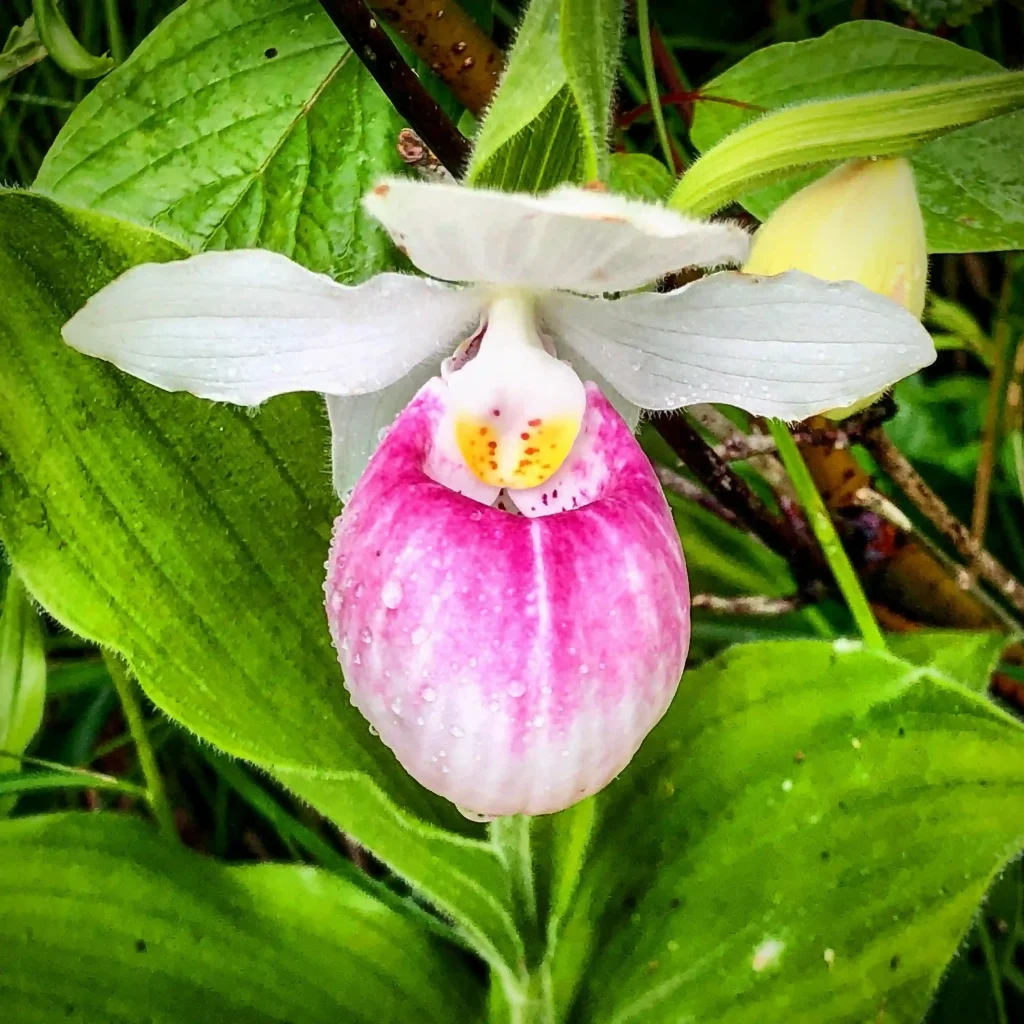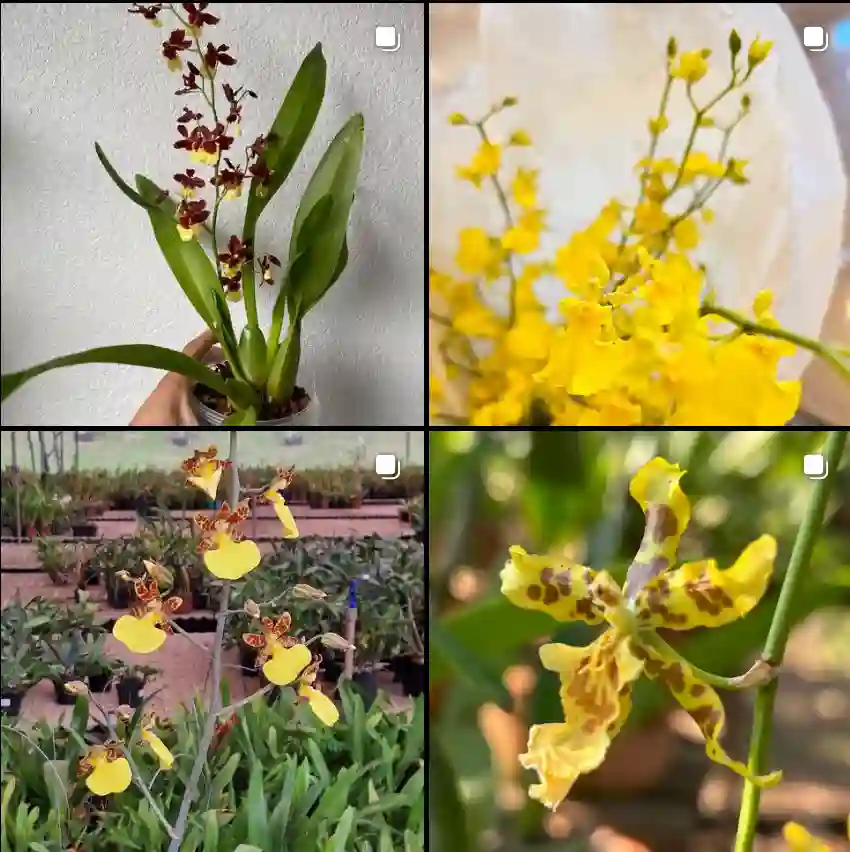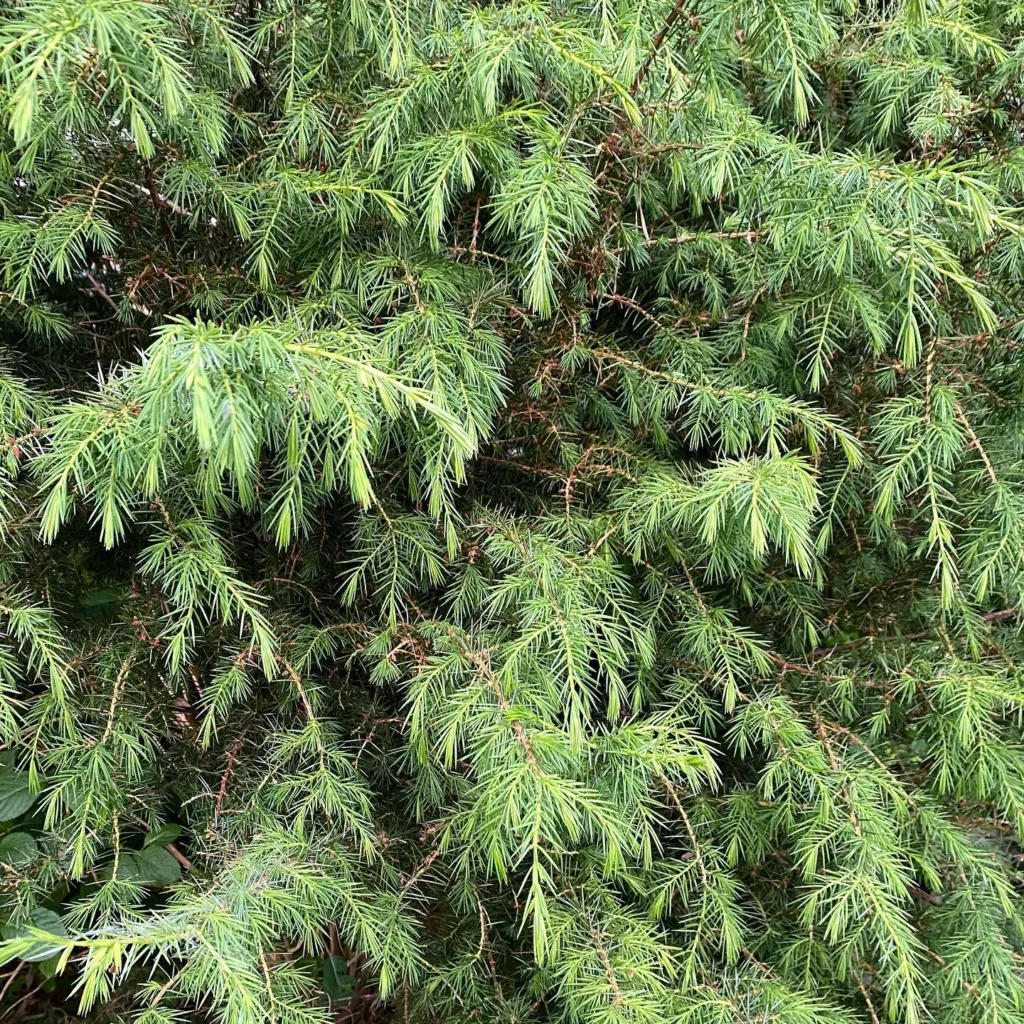Exploring the Genus Aegle: A Close Look at Aegle decandra and Aegle marmelos
Diving into the plant world has brought me to some unique genera, and one that stands out is Aegle. This genus belongs to the Rutaceae family, often recognized for its aromatic members and medicinal properties. In this piece, I’ll focus on Aegle decandra and Aegle marmelos—two species that intrigue me due to their unique benefits and historical significance. The exploration of these plants is both an experience in botany and a journey through history and traditional uses.
Introduction to the Genus Aegle
Genus Aegle is known for its small to medium-sized trees that thrive in tropical and subtropical regions, mainly across Southeast Asia. The trees are typically hardy and drought-tolerant, making them suitable for challenging climates. The fruit of the Aegle species is often used in traditional medicine, a testament to the plant’s significance in regional cultural practices.
What stands out about Aegle is its versatility—not just as a medicinal resource but also in its culinary use, where its unique flavor profile adds to its charm. Now, let’s get into the two species that captivate me: Aegle decandra and Aegle marmelos.
Aegle decandra: The Lesser-Known Gem
Plant FAQs: Aegle Marmelos – Bengal Quince – Golden Apple – Japanese Bitter Orange – Indian bael
Aegle decandra, although lesser-known compared to Aegle marmelos, is a fascinating species with a lot to offer. This tree is native to Southeast Asia, where it often grows in dry, rocky soil. What I find interesting about Aegle decandra is its resilience—it can survive in harsh conditions that many other plants would struggle to withstand. Its bark and leaves are traditionally used in local medicinal practices, although it hasn’t gained the same widespread acclaim as its cousin, Aegle marmelos.
The leaves of Aegle decandra are often used in making concoctions for their supposed anti-inflammatory and analgesic effects. These qualities make it an asset in traditional medicine. The fruit, though edible, is not as widely consumed as the bael fruit from Aegle marmelos, but it carries a similar aroma and taste profile. For someone interested in the medicinal properties of plants, Aegle decandra provides a glimpse into how regional flora is adapted to meet local needs in natural health.
Ecological and Medicinal Importance
Ecologically, Aegle decandra plays a crucial role in its native habitat by providing food and shelter for local wildlife. Medicinally, I find it intriguing because it offers a range of benefits that align with natural healing principles. While more research could help in understanding its full potential, traditional knowledge keeps this species in the spotlight for herbalists and naturalists alike.
Aegle marmelos: The Revered Bael Tree
If there’s one plant from the Aegle genus that has achieved iconic status, it’s Aegle marmelos, commonly known as the bael tree. This species is revered in several Asian cultures, not just for its medicinal properties but also for its spiritual significance. Aegle marmelos is often found near temples in India, symbolizing purity and devotion, and its leaves are sometimes used in religious rituals. This unique blend of spiritual and medicinal significance makes it a compelling subject for any plant enthusiast.
The fruit of Aegle marmelos is highly nutritious, packed with vitamins and minerals. Traditionally, the fruit pulp is used to prepare a refreshing drink, particularly beneficial for the digestive system. When I first tried a bael drink, I was struck by its cooling effect, which is particularly comforting in the heat of summer. It’s no wonder that bael fruit has earned its reputation as a cooling agent and digestive aid in Ayurvedic medicine.
Health Benefits and Traditional Uses
One of the main reasons Aegle marmelos is so revered is because of its rich medicinal profile. The fruit, leaves, bark, and roots are used in various remedies aimed at treating a wide range of ailments. For example, the fruit pulp is said to have laxative properties, which can help relieve constipation. The leaves, on the other hand, are thought to have anti-diabetic properties. This multi-purpose plant offers an impressive array of benefits, making it a staple in natural health practices across Asia.
What makes Aegle marmelos even more fascinating is its chemical composition. The fruit contains compounds such as coumarins and flavonoids, which are known for their antioxidant properties. This aligns with modern health trends that emphasize the importance of antioxidants in fighting free radicals. So, not only does Aegle marmelos hold a place in traditional medicine, but it also fits into contemporary health and wellness philosophies.
Ecological Impact and Cultivation
From an ecological perspective, Aegle marmelos is valued for its adaptability to various soil types and climates. This drought-resistant tree thrives in regions with poor soil, contributing to environmental stability and biodiversity. It serves as a vital resource for local wildlife, providing food for various animals, including monkeys and birds. Cultivating Aegle marmelos is relatively easy, and its resilience makes it a suitable candidate for reforestation projects in arid and semi-arid regions.
Comparing Aegle decandra and Aegle marmelos
While both species belong to the same genus and share certain characteristics, they each have unique qualities that make them valuable. Aegle decandra is more obscure, with limited uses primarily in traditional medicine, whereas Aegle marmelos is widely known and celebrated across Asia. The medicinal properties of Aegle marmelos are far more documented, and its fruit is used in culinary applications, making it a more versatile species.
From a cultivation perspective, both trees are hardy, but Aegle marmelos has a slight edge due to its broader adaptability and significance. If you’re considering growing an Aegle species, Aegle marmelos might be the ideal choice due to its multiple uses and the cultural reverence it holds. However, if you’re looking to explore lesser-known medicinal plants, Aegle decandra offers an intriguing option with its unique medicinal potential.
Final Thoughts on the Genus Aegle
My exploration of the Aegle genus has shown me the profound impact these plants have, not only ecologically but also in the spheres of health and culture. Aegle decandra and Aegle marmelos each have qualities that make them special—one as a rare medicinal plant and the other as a widely revered species with culinary and medicinal uses.
Whether for research, cultivation, or simply a fascination with traditional plants, the Aegle genus holds a wealth of knowledge and practical benefits. These species are a testament to nature’s ability to provide, and studying them has deepened my appreciation for plants that continue to bridge cultural and health practices. Exploring plants like Aegle decandra and Aegle marmelos keeps me connected to both the natural world and the age-old practices that celebrate it.
If i die, water my plants!



